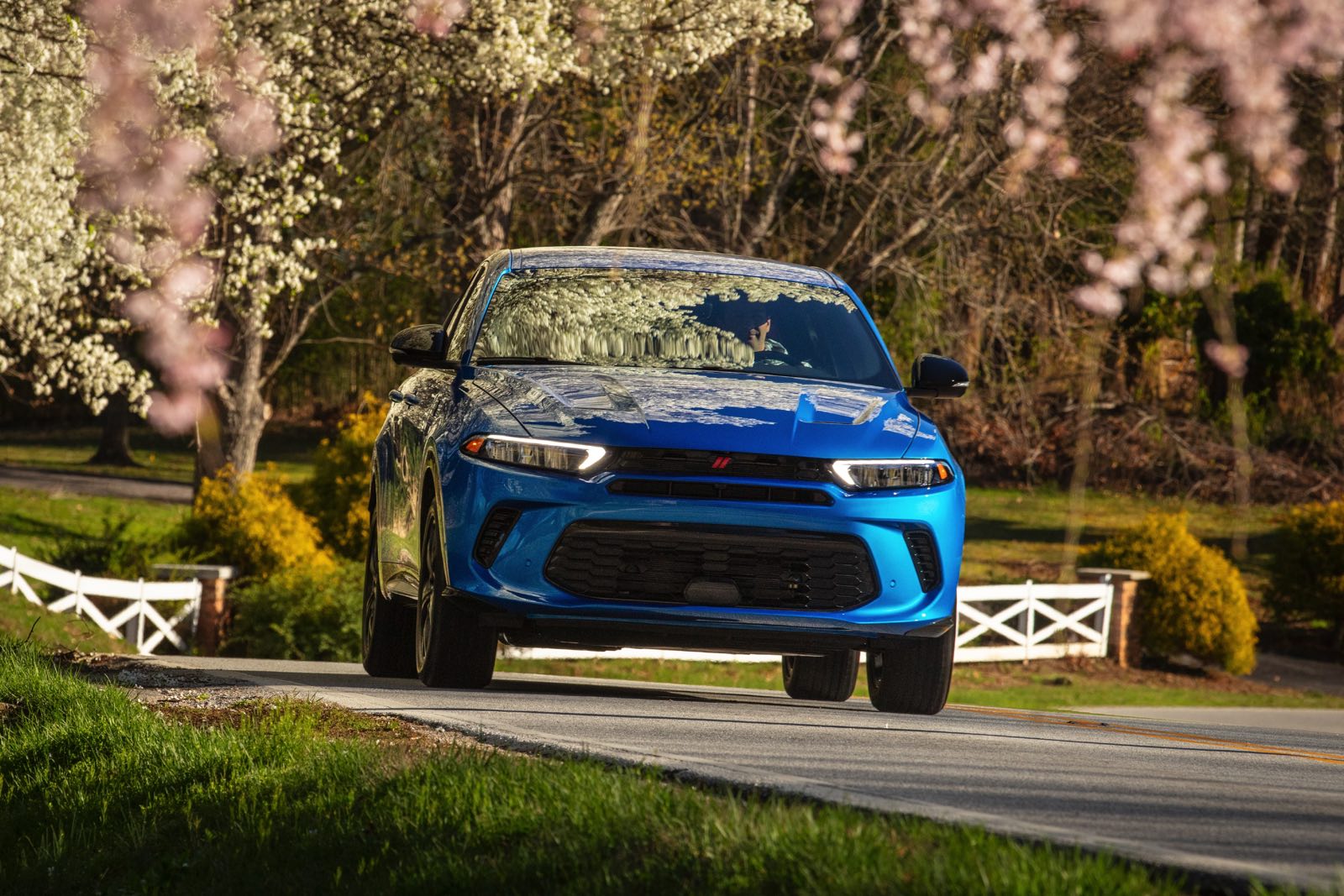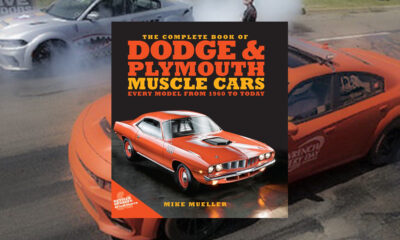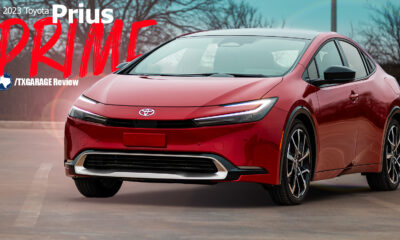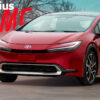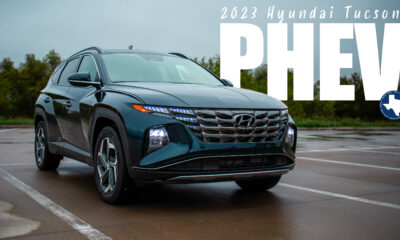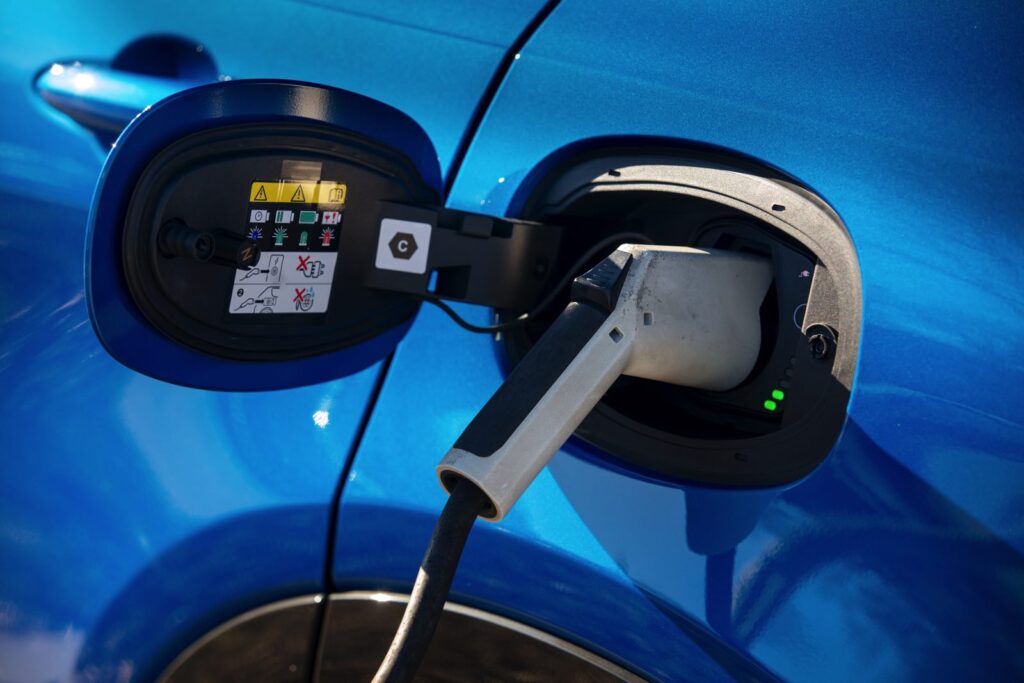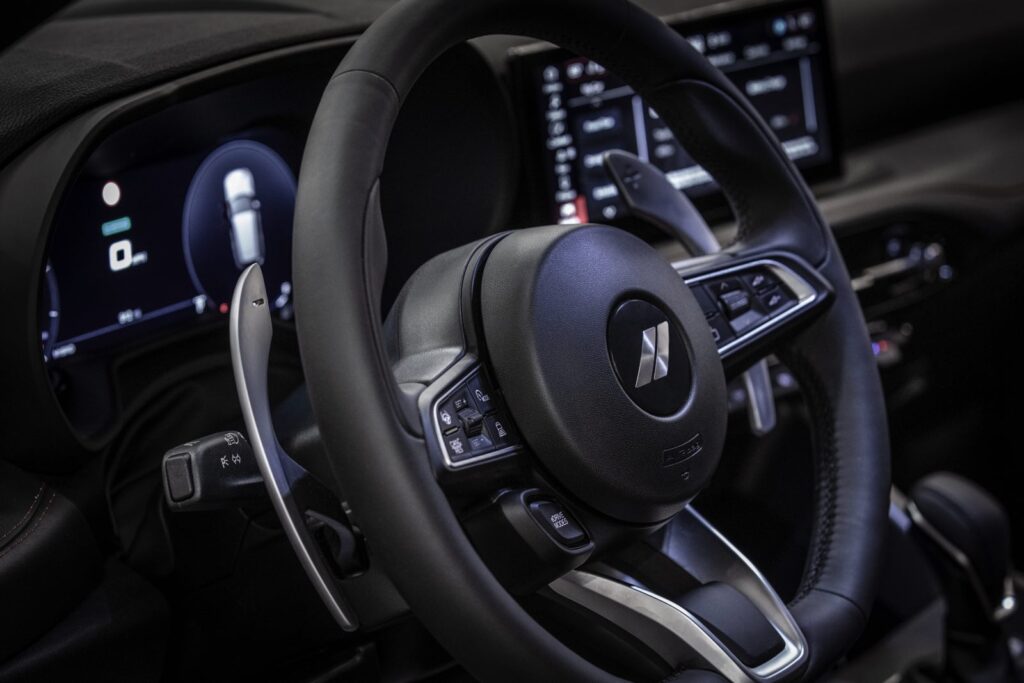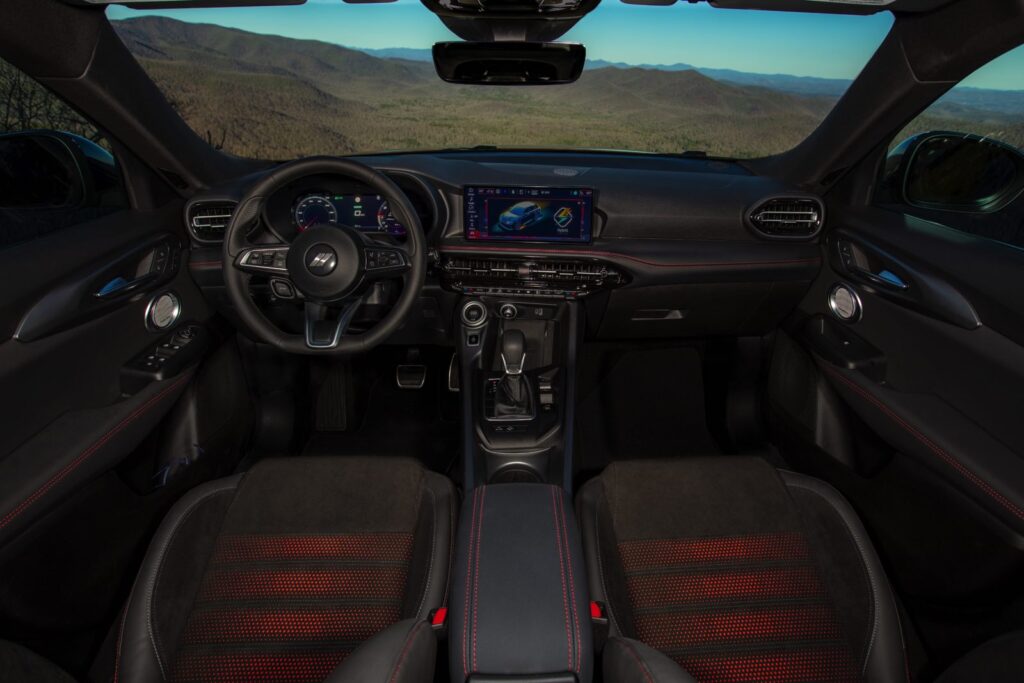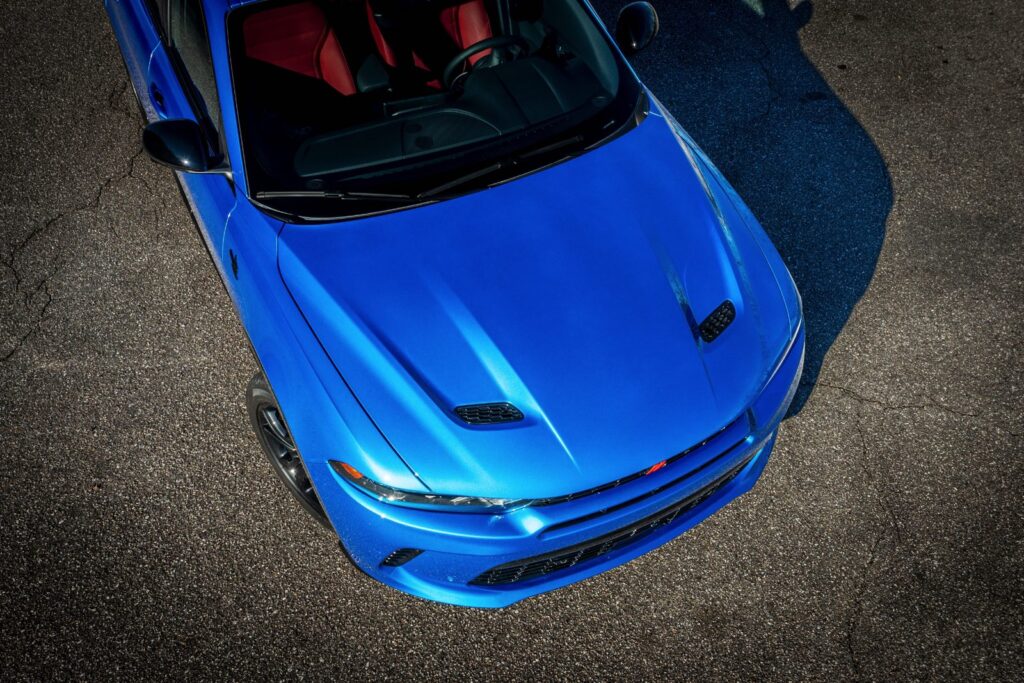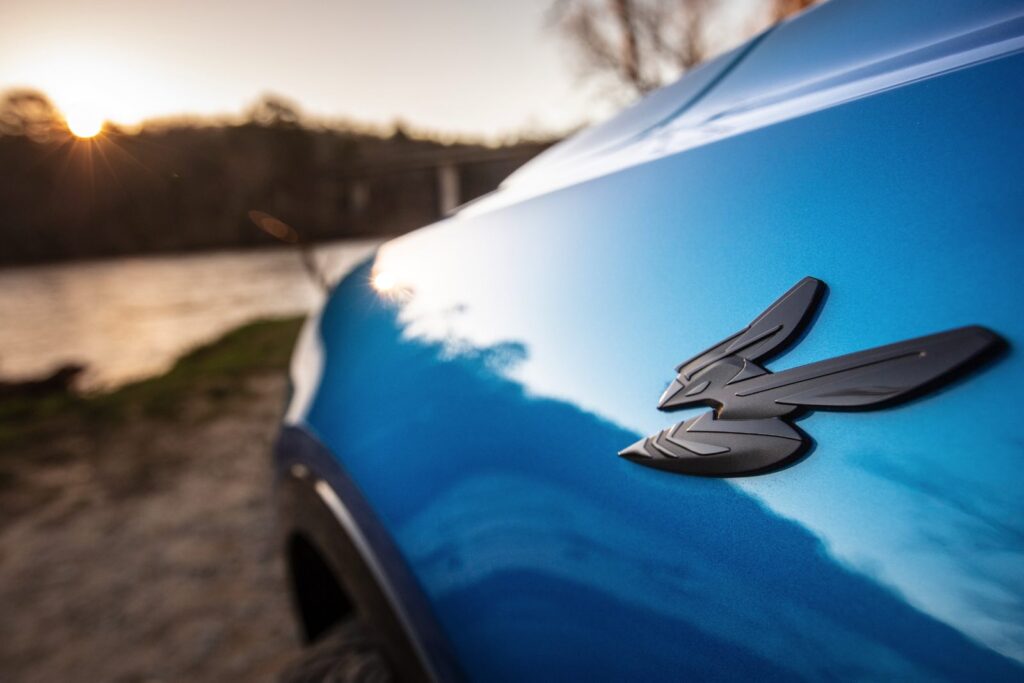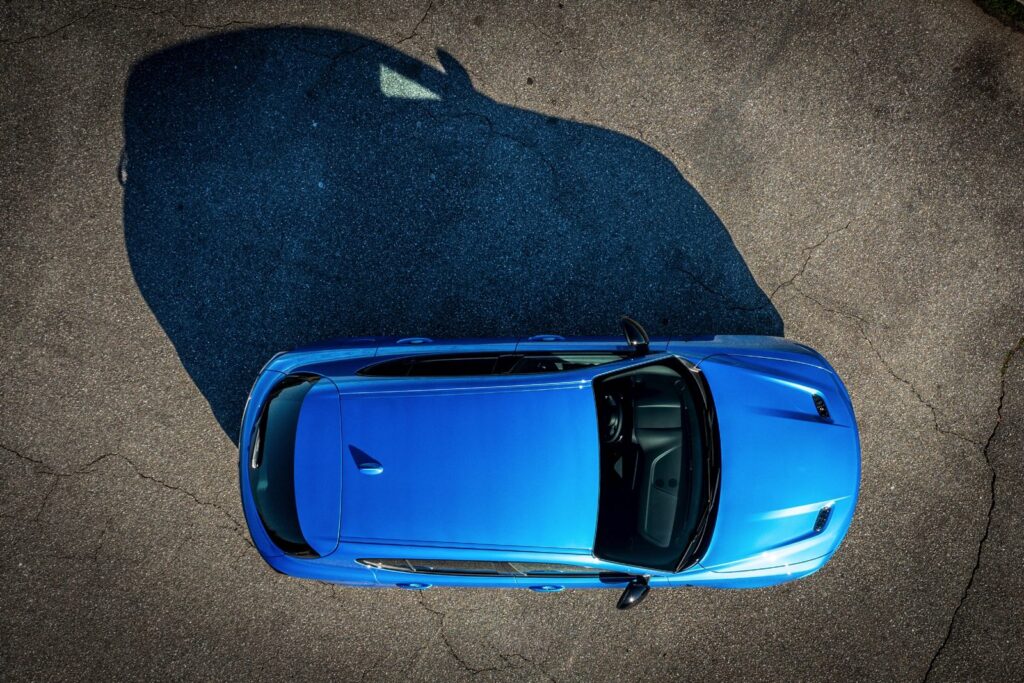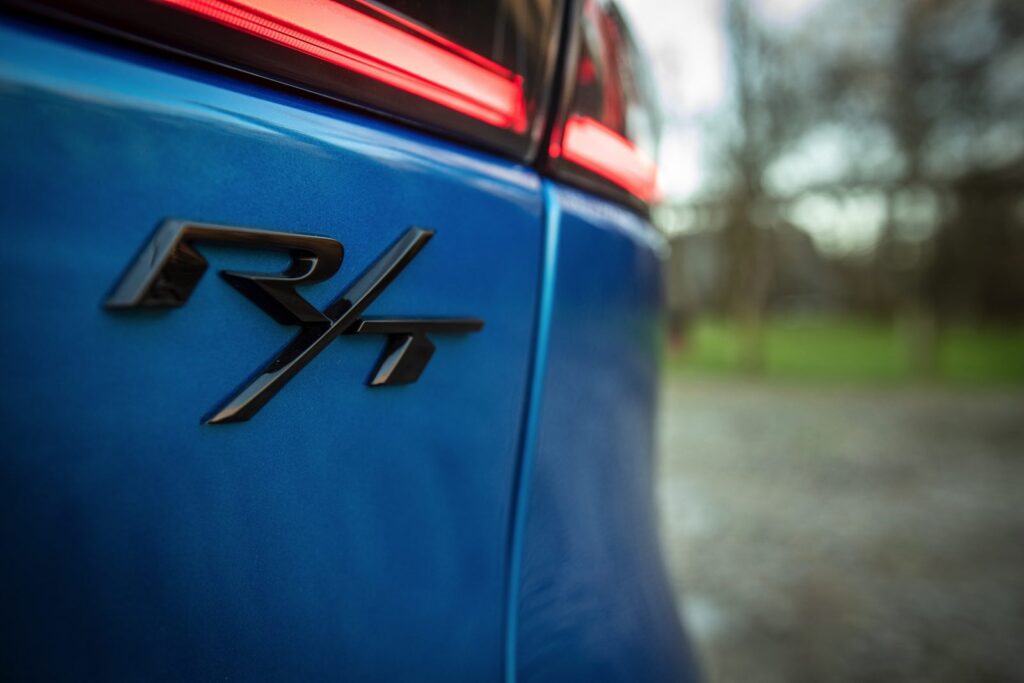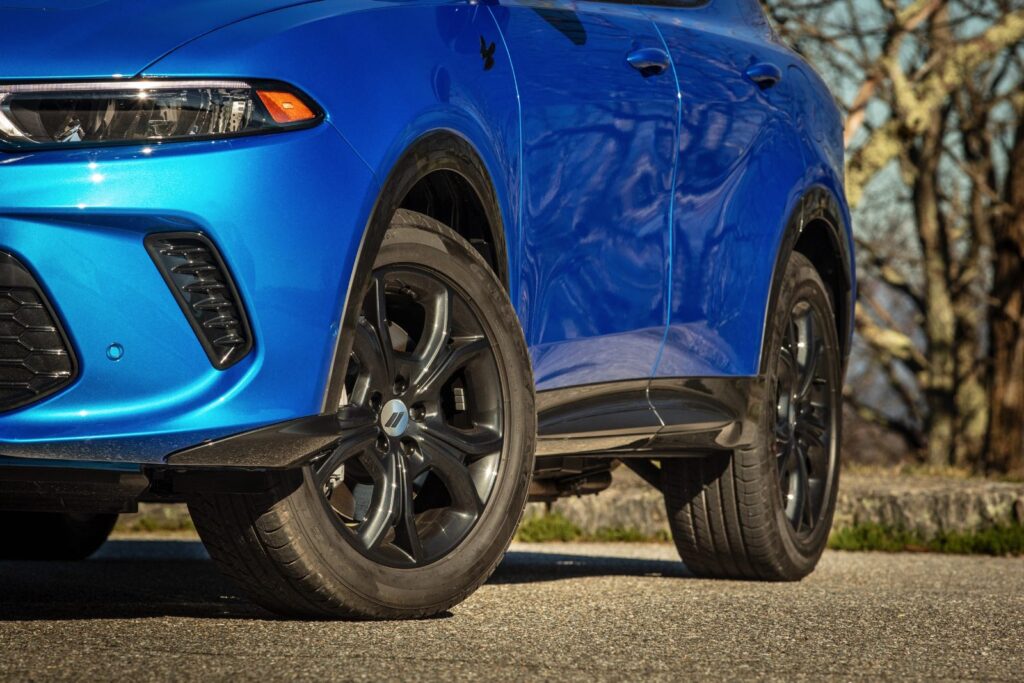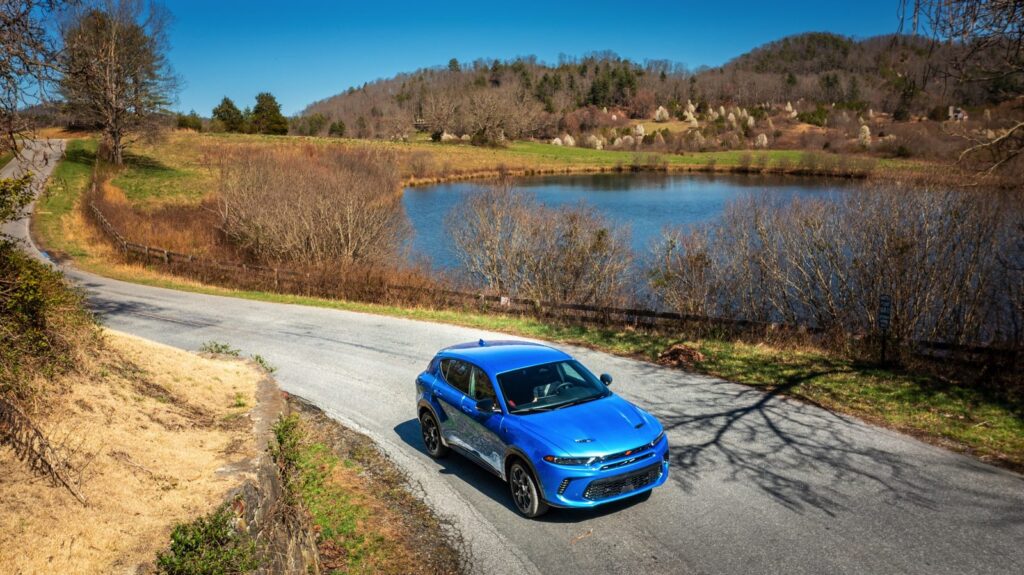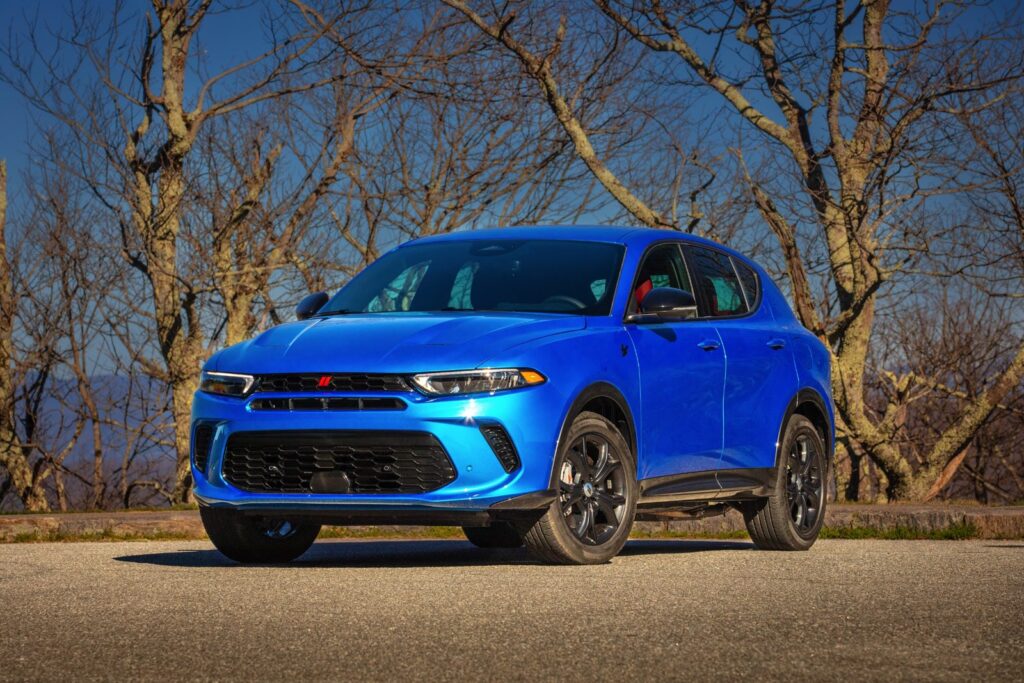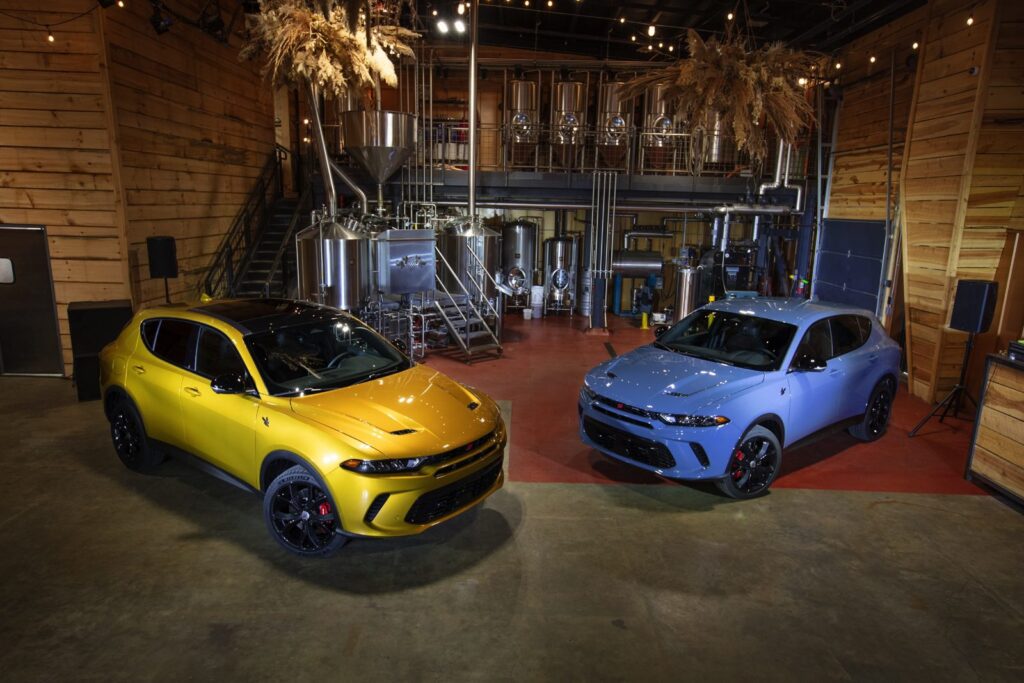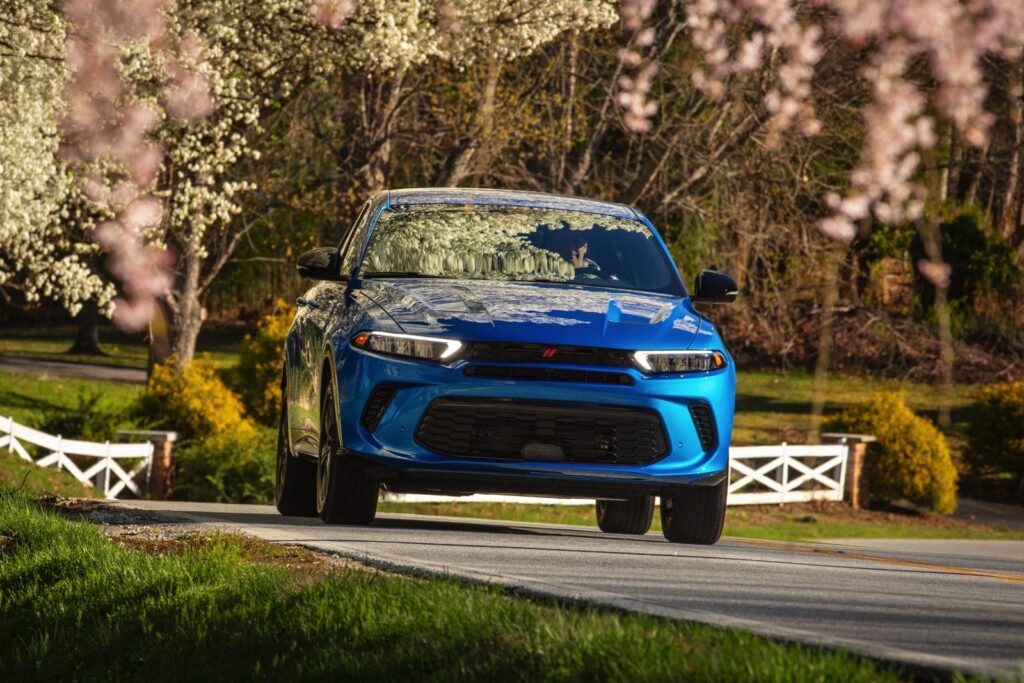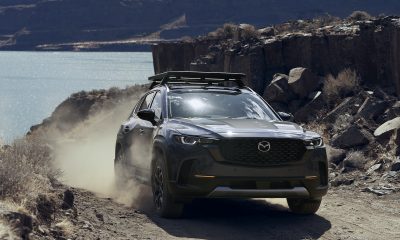Car Reviews
2024 Dodge Hornet R/T Plug-in – JUST-IN-TIME DELIVERY
2024 Dodge Hornet R/T Plug-in
JUST-IN-TIME DELIVERY
Even if your only automotive news comes from your daily newspaper, you’d know it’s a moment of upheaval for the auto industry. After so much attention given to the EV – and Mister Elon Musk – by the mass media, excitement around battery electrification seems to have cooled. To be sure, people are still buying electrified vehicles, but interest in all-electric has hit a plateau, while hybrids and plug-in hybrids are in greater demand. Stellantis – the corporate umbrella for Dodge, RAM, Chrysler and Jeep – has been notably absent from the electrified sphere, and while its EV plans are ramping up, Dodge has introduced a plug-in variant of its new Hornet. And it’s the buzz (if you will), if not all the buzz.
As noted in our review last fall of the Hornet GT, Dodge’s small SUV is built alongside Alfa Romeo’s equally new Tonale at a Stellantis plant in Cassino, Italy. As an owner of two Alfas in a previous lifetime (a ’74 Berlina and ’82 Spider), if you had told me that Alfa Romeo would share both a plant and product with Dodge, well…you could have knocked me over with a creamy rotini. In the ‘70s and ‘80s, when I was driving those Alfas, Dodge showrooms were my dad’s showrooms: big-volume sedans sharing their platforms with big-displacement powerplants. In the ‘80s Chrysler was moving into smaller, more efficient products largely because impending bankruptcy had forced it to, but these were still red, white and blue environments – and part of the rationale in buying into Lee Iacocca’s pitch was your love for America.
That, of course, was then – and this, of course, is now. As I wrote last fall, I’m confused by the product team’s decision to give the Dodge Hornet (a tag that also baffles me…it was last seen on an AMC) both a conventional turbocharged four of two liters and a plug-in hybrid of 1.3 liters, while bestowing Alfa’s Tonale with only the plug-in hybrid; the Alfa is ostensibly the performance brand here, and yet it doesn’t get the wider powertrain choices.
What the plug-in Hornet does give you, however, is more than a nod to efficiency. The EPA estimates that its 1.3 liter turbo – a powerplant shared with Fiat’s outgoing 500X – coupled with plug-in electrification will net you 77 MPGe (or 29 miles per gallon in gasoline-only mode) and 30+ miles of all-electric driving. Those numbers are respectable, although the gas-only number falls well short of Toyota’s Corolla Cross, delivering 40 or so miles per gallon; it also falls short of Toyota’s Prius, delivering 50+ miles per gallon. But then, neither Toyota product delivers the bellissimo of Italy, or – by association – the perceived excitement of your Dodge dealer.
Beyond, of course, its efficiency is how it is to drive during the daily commute or errand running. In its EV mode, good for 30+ miles, the Hornet provides a very nice experience, with the smooth, no-vibe motor matching nicely with the Hornet’s platform. Run out of battery, however, and the 1.3 liter gas drivetrain seems a bit of a mismatch with that $50K window sticker – as it did in the Tonale. I’m all about hybrids and their plug-in variations, but if spending some $50K I’d almost wait for the predictable improvements of the next-gen hybrids and plug-ins.
The balance of the Hornet is well-executed. The crossover enjoys an almost neutral vibe, which is a stylistic breath of fresh air relative to what some of the Japanese and Koreans are doing. And while I think – as does Car and Driver – it sits too high, Dodge’s MOPAR and others in the aftermarket can lower your Hornet’s ride height by about two inches; that, of course, will reduce its off-road cred, but if looking to off-road hike over to the Jeep end of the Stellantis showroom.
You should also know that the Hornet doesn’t offer as much interior volume as you would hope in a sport utility; the emphasis here is more on sport than utility. But you can fold the rear seat and put a bike in back, and – of course – any number of attachments will fit atop an available roof rack. But if looking for real cargo capacity, take your stroller(s) to the Pacifica end of the showroom and consider their plug-in minivan.
I like the Hornet, but am not sold on the $50K price point of its plug-in. Better, I think, to spend $35K on the 2.0 liter GT and budget another grand for lowering springs and their installation, along with – perhaps – a change in tires. For those in the know, that’s all the buzz they’d need.



